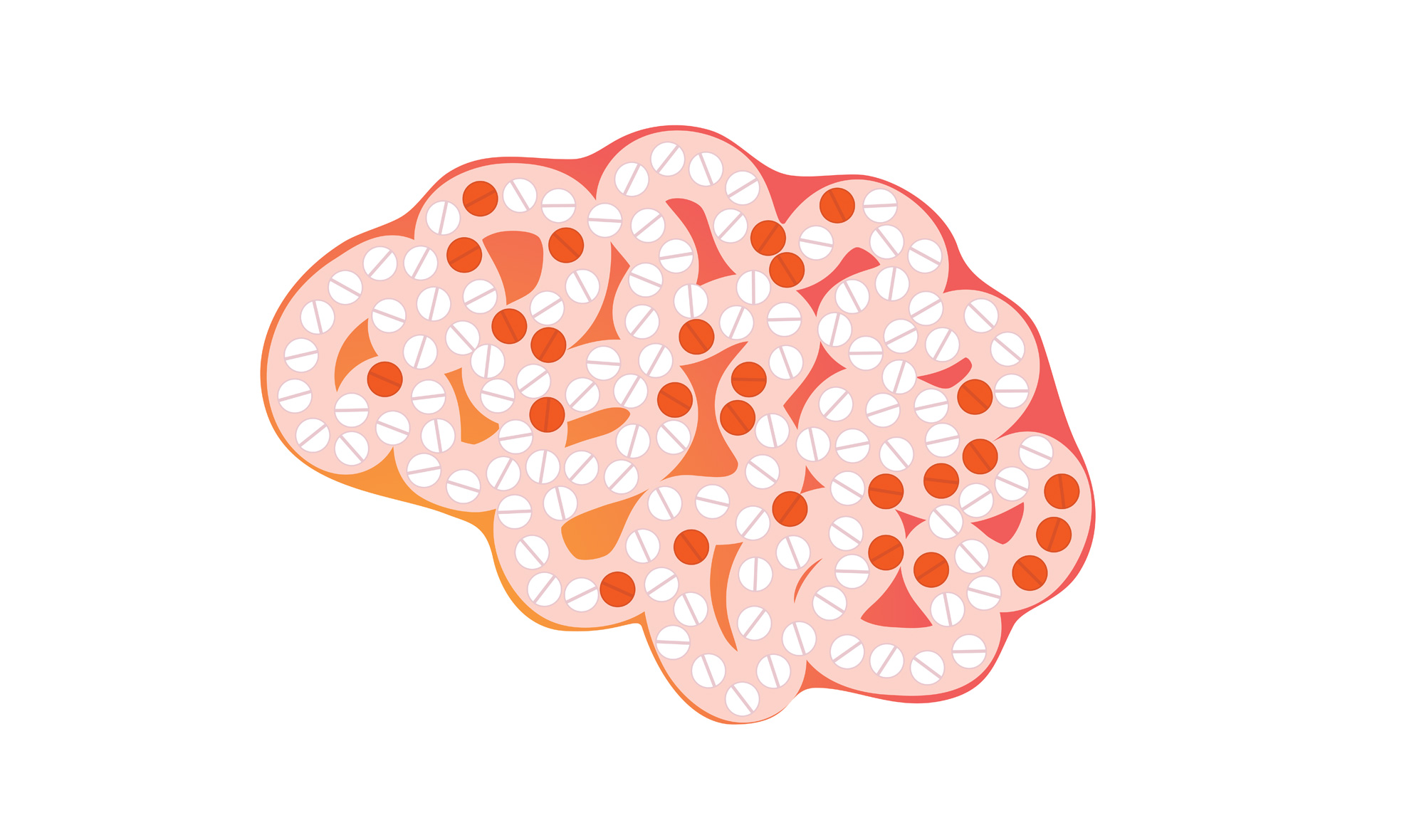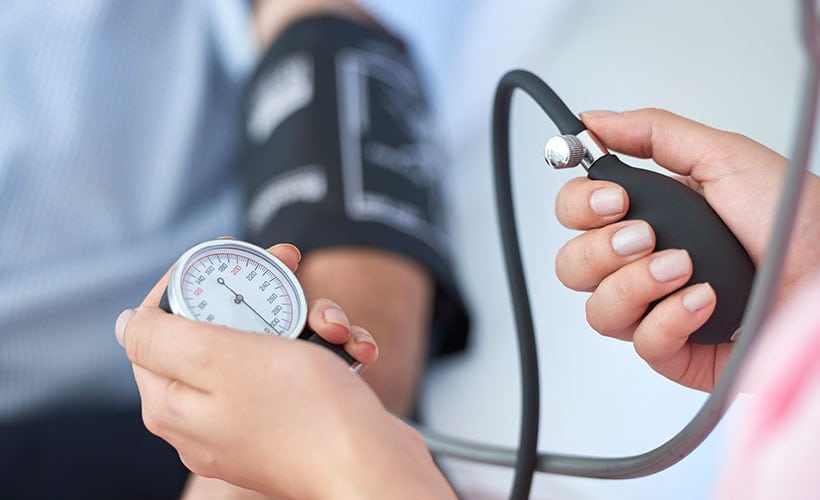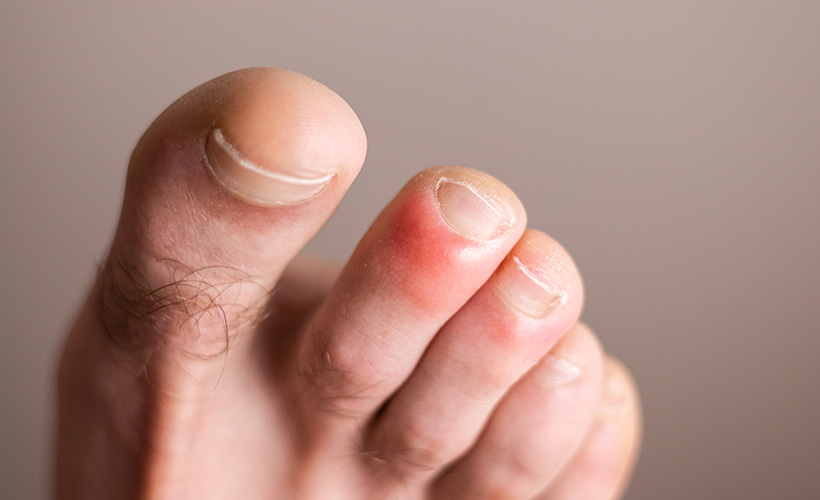People tend to assume when they see someone with trembling hands or involuntary movements of the head, arms or legs, that the person has Parkinson’s Disease. That is not always the case – the trembling can be because of a much more common condition called Essential Tremor. Both are neurological conditions with no specific tests for diagnosis.
Clinicians use a combination of blood tests, CT scans and MRIs to exclude other conditions that are known to cause tremors.1
So, What Are the Key Differences Between These Conditions?
The key difference between Parkinson’s Disease (PD) and Essential Tremor (ET) is that in PD the tremors are present when the person is at rest, and lessen with movement (‘resting tremor’). For ET it is the opposite – the tremor is more noticeable during movement or when holding a posture (called an ‘action’ or ‘postural’ tremor).2
There are other ways to tell the difference between the two conditions:
Essential Tremor
- Tremors are usually in the hands but can include the head and voice.
- Tremors begin gradually, and tend to affect both hands equally.
- Can worsen over time.
- Does not shorten life span.
- There is a strong genetic link. Around 50% of ET cases are hereditary because of an altered gene from just one parent that has been passed on.
- May be mild and not interfere with daily life.
- Most common over the age of 40.
- Can get worse with tiredness, caffeine, stress, extreme temperatures.
- If severe it can be difficult for a person to perform daily activities like holding a cup or glass without spilling the contents, eating without shaking, shaving, putting on makeup, writing legibly, or talking if the voice box is affected.
Parkinson’s Disease
- Hand tremors are most noticeable when hands are resting in the lap or at the sides of the body.
- Tremors usually start on one side of the body.
- More common in people over the age of 60.
- Other motor symptoms are present such as stooped posture, dragging feet when walking, slow movement, stiffness and balance problems.
- Non-motor symptoms are present such as constipation, fatigue, irregular blood pressure, restless legs, cognitive changes, bowel and bladder problems.
- Can shorten lifespan as it makes the body weaker over time and more susceptible to other illnesses.
- Affects the voice in a different way to ET – causing vocal changes like softer tone or monotonous voice.
- Only 10 to 20% of cases have a familial link.
Are the Tremors in Both Conditions Treated in the Same Way?
No, even though both conditions cause tremor they require different medication treatments because the underlying cause and characteristics of each condition are different. There is some overlap for treatments such as occupational and physical therapy as these therapies both help with managing tremors and improving motor function.
The cause of ET is unknown but it is thought that the condition involves a disruption in communication between different parts of the brain, in particular the cerebellum, which is a part of the brain responsible for coordinating movement.3 Medicines such as beta-blockers are used to calm tremors by blocking the stimulating action of neurotransmitters. When the nerve impulses to the muscles are blocked, there is a decrease in rapid muscle movement. Anti-seizure medicines such as gabapentin and topiramate are also prescribed. These medicines work by changing the electrical and chemical activity of the brain, stabilising the brain activity and decreasing the rapid muscle movements that come with tremors. Botulinism toxin injection in the hands and neck can relax overactive muscles and ease trembling.
In PD, there is a progressive loss or degeneration of nerve cells in an area of the brain called the substantia nigra. The substantia nigra is involved in motor control and the nerve cells in this area of the brain produce the neurochemical, dopamine. When there is a decreased amount of dopamine, the communication between the brain and muscles gets more difficult.4 The primary medication used in the treatment of PD is levodopa. Levodopa provides a chemical building block to build dopamine in the brain and replace the missing dopamine. This helps control PD symptoms and allows people to function better. As the disease progresses, people need to take more levodopa because as more neurons are lost, more dopamine needs to be replaced.
When Should I See a Doctor for Hand Tremors?
Mild hand tremors are a common experience for many people, including children and young adults. They can often be caused by too much caffeine, anxiety, fatigue, low blood sugar and certain medications (e.g. reliever asthma inhalers). If the tremors don’t go away or are particularly strong it is time to go and see a doctor to rule out other, more serious causes.


















Community